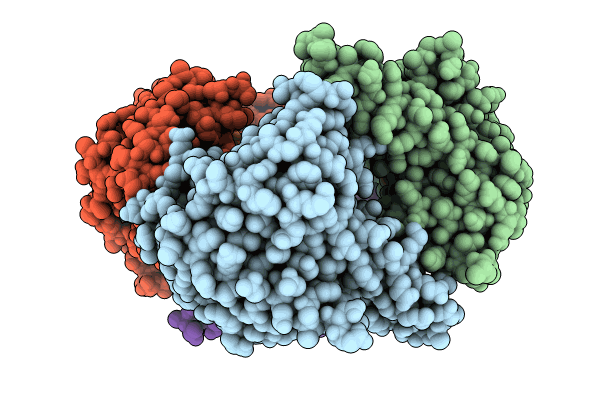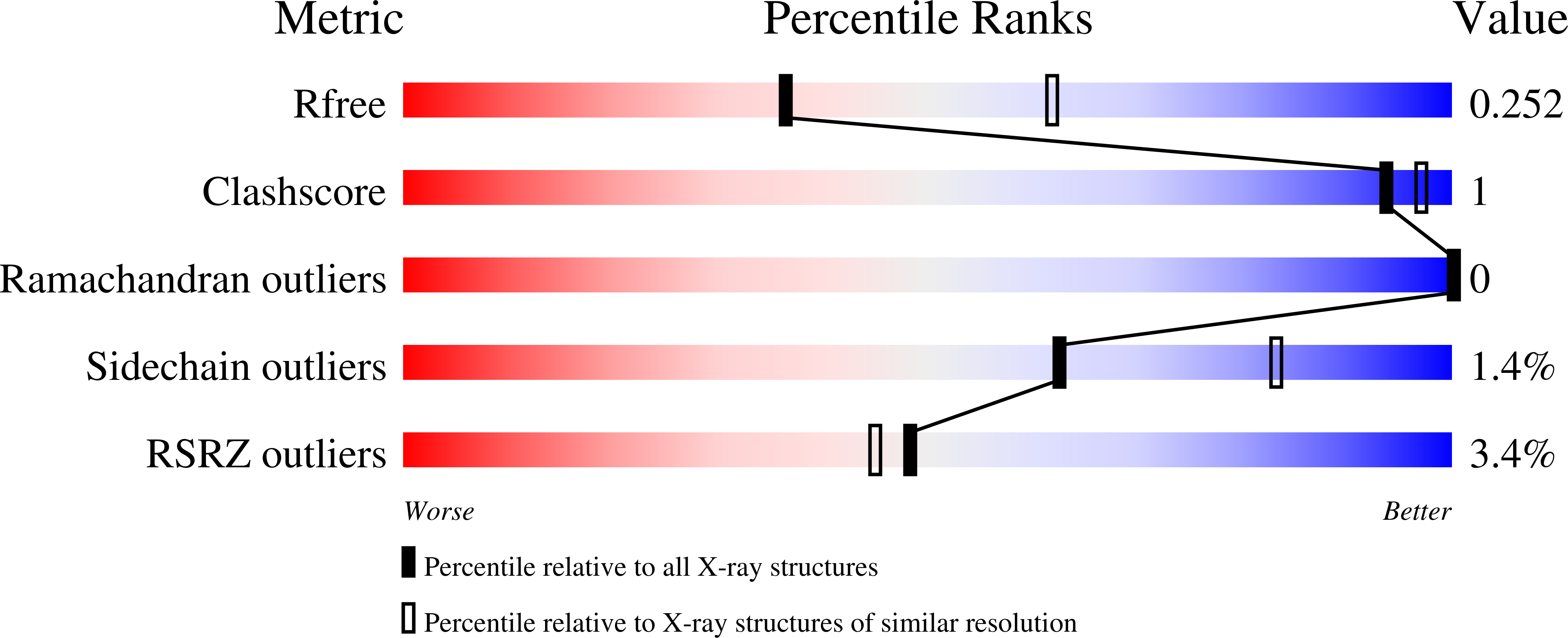
Deposition Date
2023-08-30
Release Date
2024-09-11
Last Version Date
2025-09-24
Entry Detail
PDB ID:
8QDV
Keywords:
Title:
Structure of 14-3-3 zeta delta C with the bivalent tau-pS214-pS324 peptide
Biological Source:
Source Organism:
Homo sapiens (Taxon ID: 9606)
Host Organism:
Method Details:
Experimental Method:
Resolution:
2.50 Å
R-Value Free:
0.26
R-Value Work:
0.21
R-Value Observed:
0.21
Space Group:
C 1 2 1


